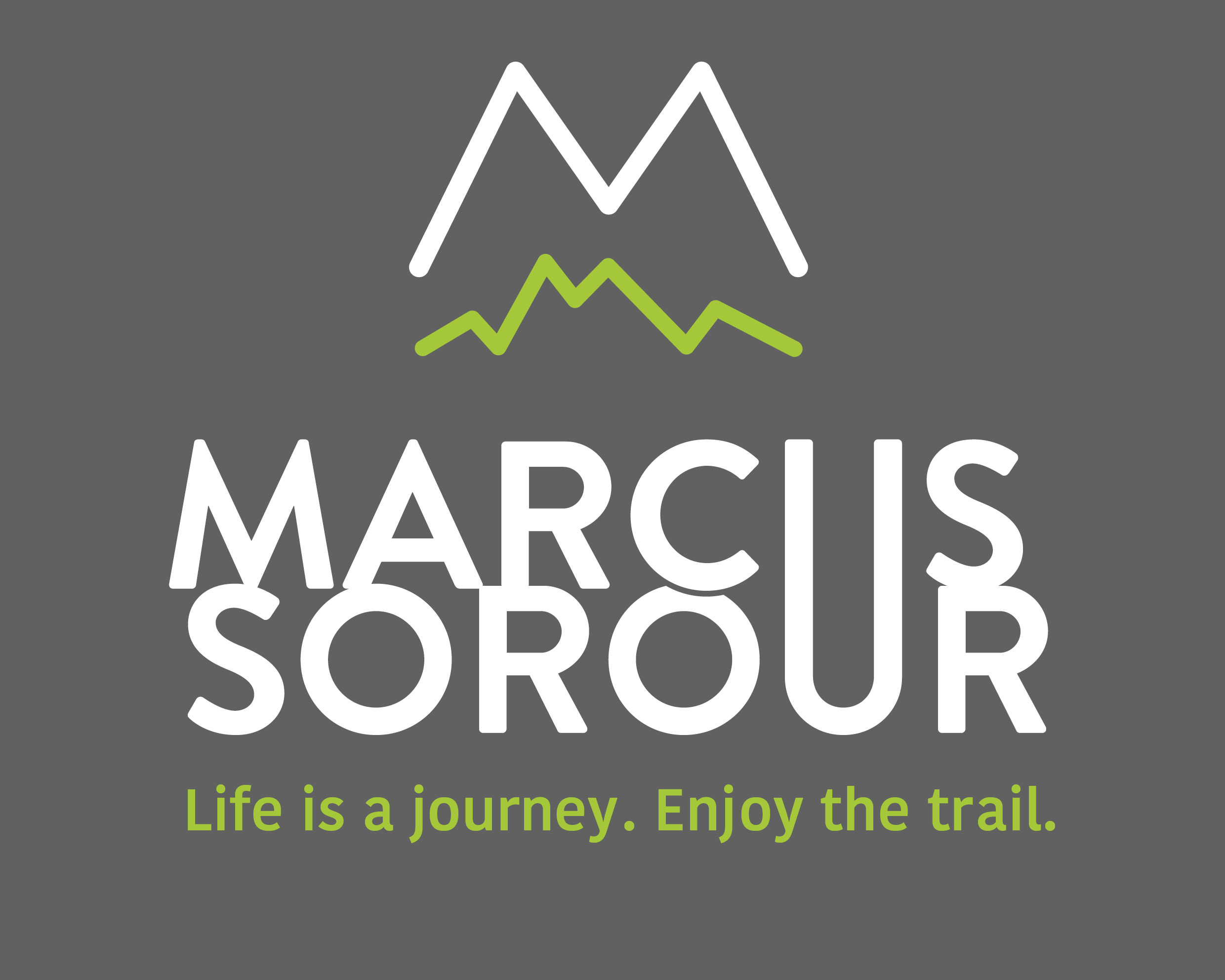I recently began transferring analogue tape recordings of my radio shows during the 1990s to a digital format. The process is tedious, but at the same time has brought back many memories including being instructed by the sales team to work with prospective clients to create branded segments to generate additional revenue.
In early 1997 I ended up producing and presenting a weekly segment featuring the fun-loving owner of a local hardware store sharing DIY advice with listeners. Listeners were asked to guess the type of power tool he was using live on air for the chance to win a prize. It doesn’t sound like much, but it created buzz and was a win-win as the segment produced educational, entertaining and interactive content that resonated with listeners. Importantly, it also drove more people to the hardware store and the radio station was able to monetise an additional five minutes of a programming hour without overloading listeners with traditional advertising.
That DIY radio segment was my first foray into the world of branded content. So much has changed since 1997 due to a media landscape where brands have become publishers and traditional publishing channels have been disrupted by everything from social media to advertising technology.
What hasn’t changed are the fundamentals of good branded content that starts with a deep understanding of the audience and their needs. This is followed by building a content strategy with the publisher or influencer focused on the specific context provided by the data and then mapping out a narrative that speaks to the audience needs. This could be educational, entertaining or both. Then of course it needs to be discoverable and measurable.
There is no doubt branded content is being packaged and produced better than ever as publishers, broadcasters, and content creators look to monetise their platforms while informing and entertaining readers, listeners or viewers without overtly pushing a brand. If it isn’t good enough they are likely to lose clicks, likes and trust.
But what exactly is branded content? Its definition changes depending on who you talk to, but I believe that the most fitting is outlined in this report by Branded Content Marketing Association research: “Branded content is…any manifestation associated with a particular brand in the eye of the beholder.” Whether distributed by the brand itself, a third-party publisher or content creator, branded content (that is created and/or funded by the brand’s legal owner) should be non-interruptive and provide value to the audience, encouraging them to engage.
The ‘non-interruptive’ aspect of branded content is particularly important and is clearly something that needs more work. Data revealed in 2017 by my employer, WE Communications, found that a majority of Brits (29%) are comfortable interacting with branded content on a product manufacturer’s website – where they expect to find brand messaging – as opposed to anywhere else.
How can we as marketers work to improve people’s conceptions of branded content on Facebook, Twitter, Instagram etc. and encourage interaction? Poor research, inadequate strategy, limited collaboration between the brand and publisher and restricted budgets are just a few reasons to blame for bad branded content so far. An example of bad branded content is poorly written sponsored listicles on random subjects with a tenuous link to the brand pushed out a few times on Facebook and Twitter.
Creating data-driven branded content that reflects the true DNA of a brand is the way to cement a long-term bond with consumers and encourage their interaction on social media.This is an opportunity public relations consultants and marketers must seize quickly – otherwise face the risk of being left behind.
Brands that know how to deliver responsive bespoke content pieces to different audiences across myriad devices, platforms and channels that all sing from the same hymn sheet, will win more customers.
If you have a perspective on branded content or are looking for advice, please do get in touch.
*A portion of this post originally appeared on a blog published by WE Communications earlier this year.

Thanks, I have just been looking for info about this subject for ages and yours is the greatest I have found out so far. However, what concerning the conclusion? Are you sure concerning the source?